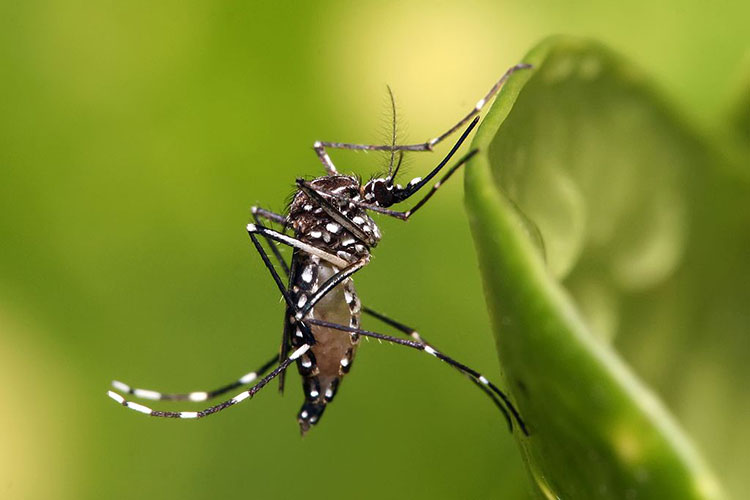Prior dengue infection could protect children from Zika symptoms

Prior infection with the dengue virus could protect children from the symptoms of Zika, finds a new study led by researchers at UC Berkeley and the University of Michigan.
Among children infected with Zika, the team found that those with a prior dengue infection were 38 percent less likely to develop symptomatic Zika than children who hadn’t been exposed to dengue. Both viruses are transmitted by mosquitos.
“We don’t think that that dengue immunity protects from being infected, or at least it doesn’t look like that is the case in our study,” said Aubree Gordon, assistant professor of epidemiology at the University of Michigan’s School of Public Health and lead author of the study, published in Plos Medicine. “However, for children who were infected with Zika, prior dengue exposure protected them from symptomatic Zika disease.”
For the study, Gordon and her collaborators, including senior author Eva Harris, a professor of infectious diseases and vaccinology at UC Berkeley’s School of Public Health, used data from their Pediatric Dengue Cohort Study (PDCS), a pediatric dengue cohort established in 2004 in Managua, Nicaragua.
Previous research by Harris revealed an interaction between the dengue and Zika viruses, finding that in some cases, people who had a previous dengue infection develop antibodies that actually make them unable to fight a subsequent Zika infection, enhancing it instead.
“However, in the current study, we did not examine severe Zika outcomes; we analyzed uncomplicated Zika in our pediatric population and found that prior dengue infection actually protected against disease.” Harris said. “This is consistent with our previous studies on the role of dengue antibodies in relation to uncomplicated dengue disease.”
